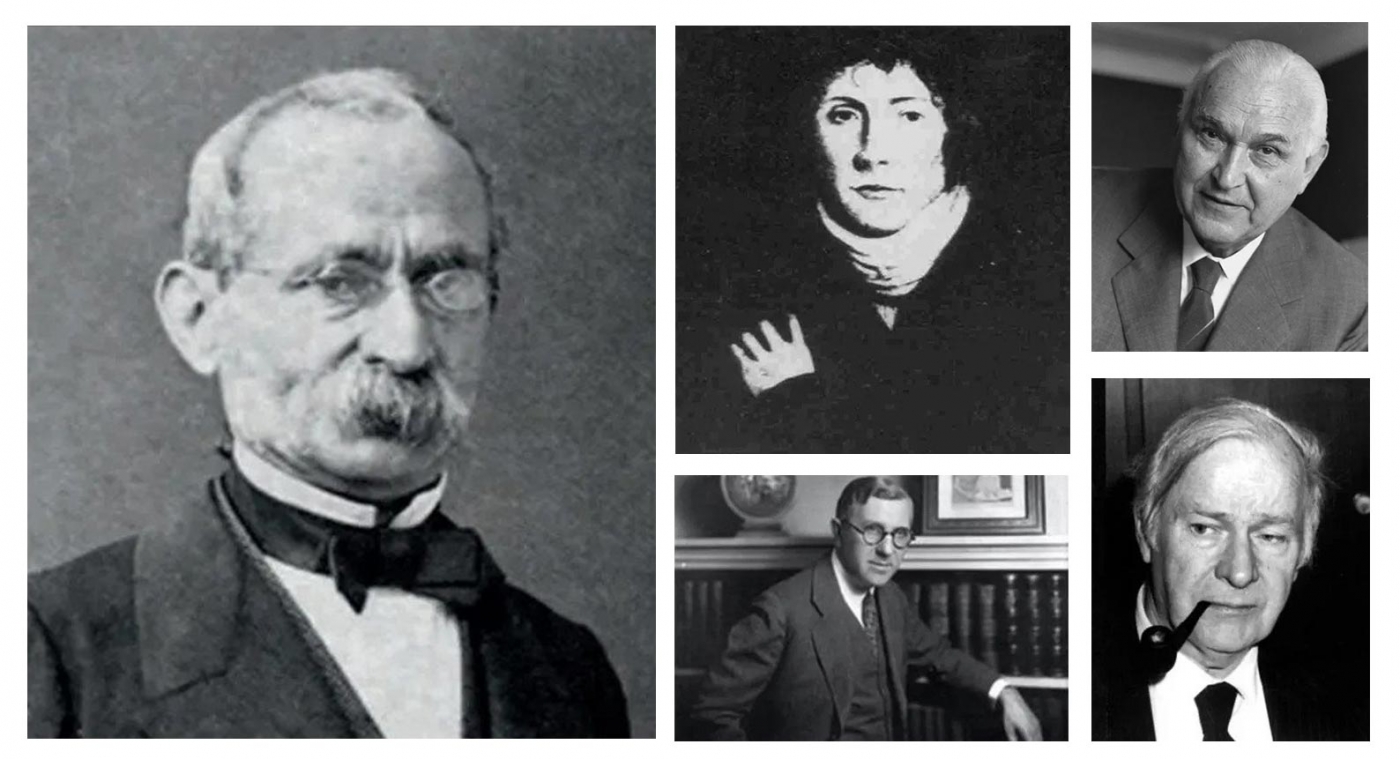In the 1970s interest in hysteroscopy renewed, in parallel with the rapid advancement of diagnostic and operative laparoscopy. Probably the most important advances came in the form of improved methods for distending the uterine cavity, including use of viscous and low-density liquid solutions. Around the same time insufflation machines were designed for CO2 and fluid media that utilized high pressure and low flow, rather than the low pressure and high flow used for laparoscopy. Carbon dioxide was often used for diagnostic hysteroscopy and fluid media became the standard for operative hysteroscopy. It was found that isotonic fluid was ideal for most operative procedures, whereas non-conductive hypotonic media was required for electrosurgical procedures.
The use of hysteroscopy became widespread in the 1980s with the development of better optics and lighting and the use of video cameras. Operative techniques for various intrauterine pathologic conditions continued to be developed. The evolution in surgical equipment brought the introduction of bipolar electrosurgery which allowed the use of normal saline as a distension medium thus permitting longer operating times and minimizing fluid overload risks.
In the 21st century hysteroscopy is a globally established diagnostic and therapeutic technique, well integrated in contemporary gynecology, end continuing to evolve.




